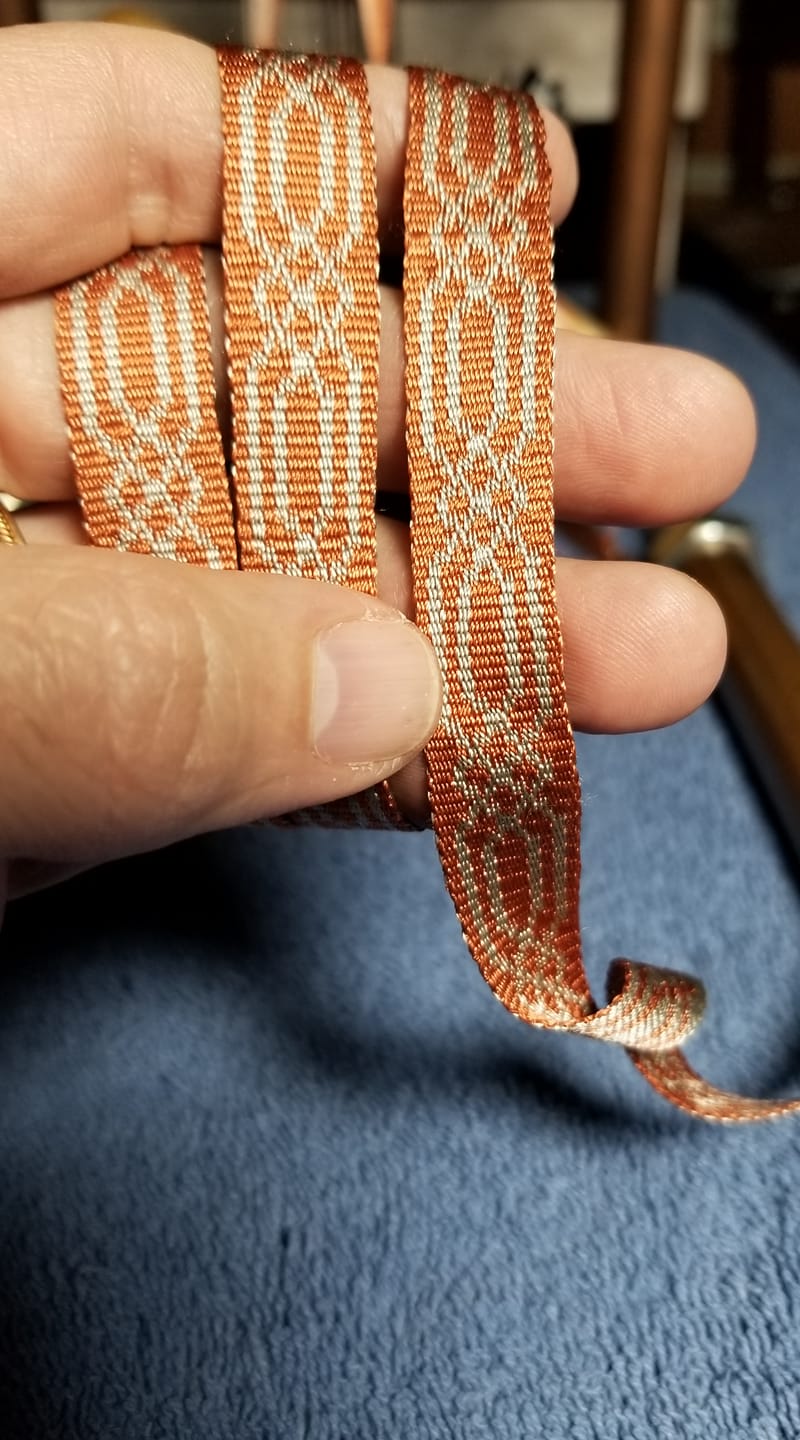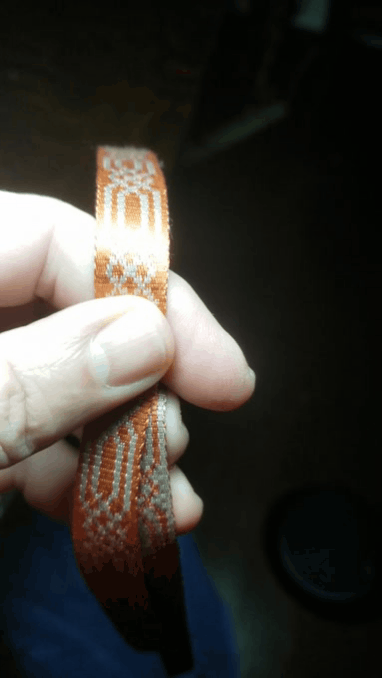“Relaxed”

This here, is going to be some fucked-up political dance party. It’s going to be interesting to see how the shit hits the proverbial fan on this one.
So. Retailers in the State of Texas have been selling “hemp extract” products containing Δ-8THC… under the belief that it was made legal a few years back along with CBD oils and other related products because of the low quantity of the Δ-9 “official” cannaboninoinoid (that’s not a word to try typing while… um, drowsy). HOWEVER – the Perpetually Embarrasing State of Texas has now declared that Δ-8 is a Schedule 1 drug. You know, like heroin and cocaine, a life-ruining menace with NO possible redeeming medical uses. And because of the way Texas thinks… it was ALWAYS a Schedule 1 drug ACCORDING TO TEXAS. Nowhere else in the US, apparently, but Texas makes its own rules.
[[Rest of America: we’re sorry. SO sorry. Your sane and sensible friends who happen to live in Texas did not vote for our idiot governor, or the whole fucking circus full of monkeys we call a state government, any more than we did for our idiot former president. Please, bear with us. We are trying.]]
So, now shops, many of which have sprung up specifically around CBD and Δ-8 products, are scrambling, trying to figure out if they’re busy committing ongoing drug felonies due to products they have been selling with the full and reasonable belief they were LEGAL… or if they have already committed felony after felony [because Texas bureaureaucrats (damn, there’s another one of those words…) wouldn’t know clear policymaking if it tongued them in the ass]. There’s a huge difference between having a bottle of Δ-8 in the kitchen cabinet, and being a small shop owner who has purchased cases and cases of it, with receipts and all that legally-documented stuff… that’s “Possession with Intent to Distribute” level, if not “Conspiracy to Sell Narcotics” or whatever they want to tack on. I’m sure they could tie it in to RICO. It would theoretically mean huge numbers of Texan citizens going to PMITA prison, but probably not the pretty blond ones, or the straight white men. Bless them, the poor misguided things. They were led astray by these damned dirty counter-culture ANTIFAS.
It says something about how anal-paranoid about my writing I am, that I have to go back and edit the outer pair of those parentheseeses (motherfucker, these terms! I have trouble sometimes STOPPING spelling certain words, especially when I’ve enjoyed some [FREAKING LEGAL YOU IDIOTS] relaxing herbal medication) to be brackets. (Did you follow that?) I don’t remember whether it’s square outside and round inside, or the other way around, and I’m juuuust too, um, relaxed to care enough to go digging. Even with the strictly-pared-down “nobody I’m biologically related to, employed by, or neighbors with, plus anybody I don’t want to know I use the word “fuck,” especially when in conjunction with “ed up” ” [Y’all will just have to imagine the single and double quote marks. Sorry, still “relaxed”] filter I’ve got on this, I’m certain there is someone on my friends list who will be more than happy to guide my feet to the paths of righteousness by quoting the AP Style Manual. 😉 And I’m pretty fucking proud of myself that the whole preceding paragraph, despite the poly-parenthetical asides, is relatively grammatically correct. And I’m leaving some of the spelling choices for humorous effect, despite the fact that the little crinkled red lines of spelling judgment are telling me “Your not supposed to leave deliberate errors in a document, no matter how informal,” and I whisper back “YOU’RE” and the little crinkled red fuckers say “D’oH!! and cringe in pain.
And speaking of paranoid…
This whole post-long-ass-day, late-night rant is brought to you by my musings about paranoia as a listed side-effect of marijuana consumption. “Hmm…” I thought to myself, “Self, I wonder… did paranoia become a listed side-effect at a time when being high was, say, demonized in society, or illegal… and would being “paranoid” about being high BE actual paranoia if they really ARE out to get you… isn’t it something more like “justified concern?” Or “reasonable fear”? (now, I’m just mixing typographic and manuscript conventions in punctuation just to fuck with y’all…)
So, I sat down at my computer, and thought about googling to see if I could track the changing social attitudes toward marijuana, and correlate their timeline with the research on the side effects and the legal status in various parts of the world… and thought, “Damn, I’m stoned enough to think that, but a little TOO stoned to do the data work,” and then I thought, “DAMN, this LEGAL IN FIFTY STATES Δ-8 shit will still FUCK YOU RIGHT UP,” and so I just decided, because, you know, paranoia [REAL? Or imagined? You decide!] I typed in “Is Delta-8 legal in Texas?”
Which yielded this article.
Updated THIRTEEN HOURS AGO.
Um…. paranoioid much?
HOWEVER, because finding things ridiculously humorourous is another listed side effect, I decided I’d share this with you. And hopefully, I won’t end up in (a) Facebook Jail for saying a rude thing, or (b) some black-ops site for speaking out against The Texas, or (c) PMITA prison, where I totally don’t think I’d enjoy the PMITA nearly as much as usual, for having a bottle of CBD-D8 oil in my kitchen cabinet.
https://www.texastribune.org/2021/10/21/texas-delta-8-hemp/




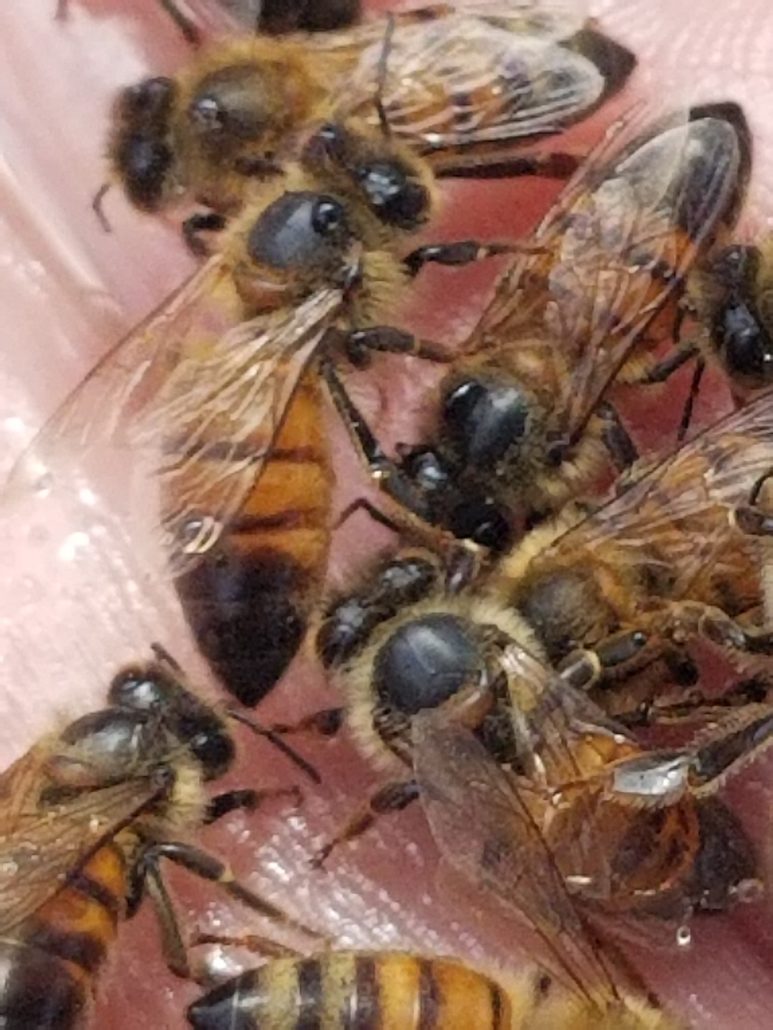



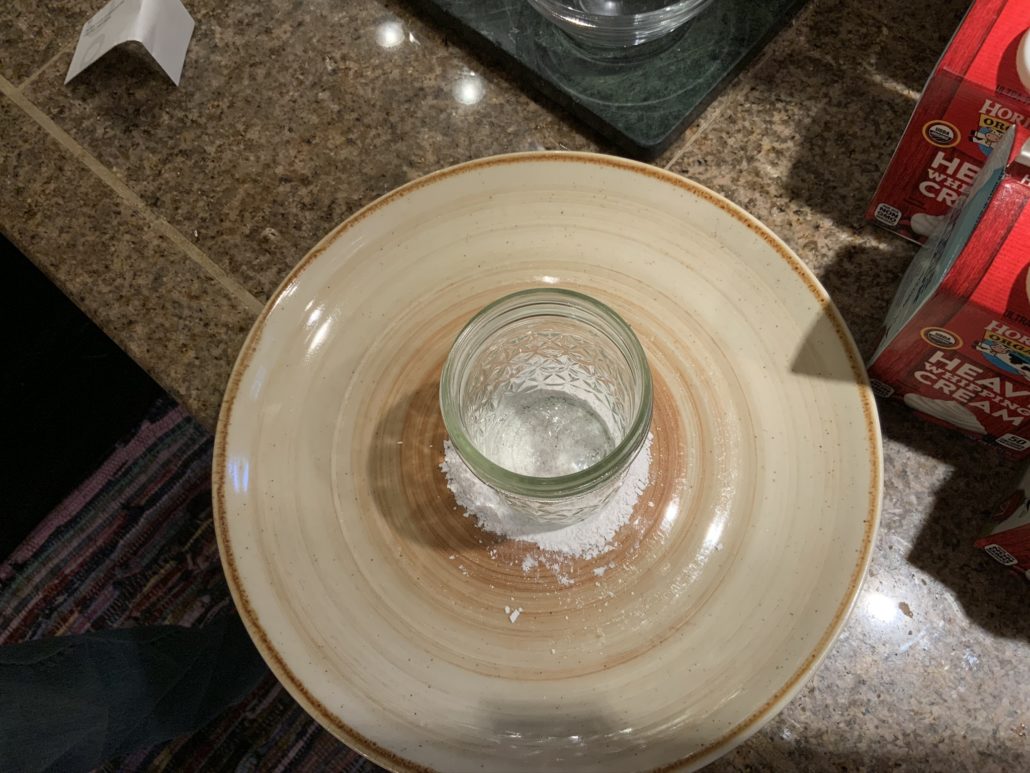
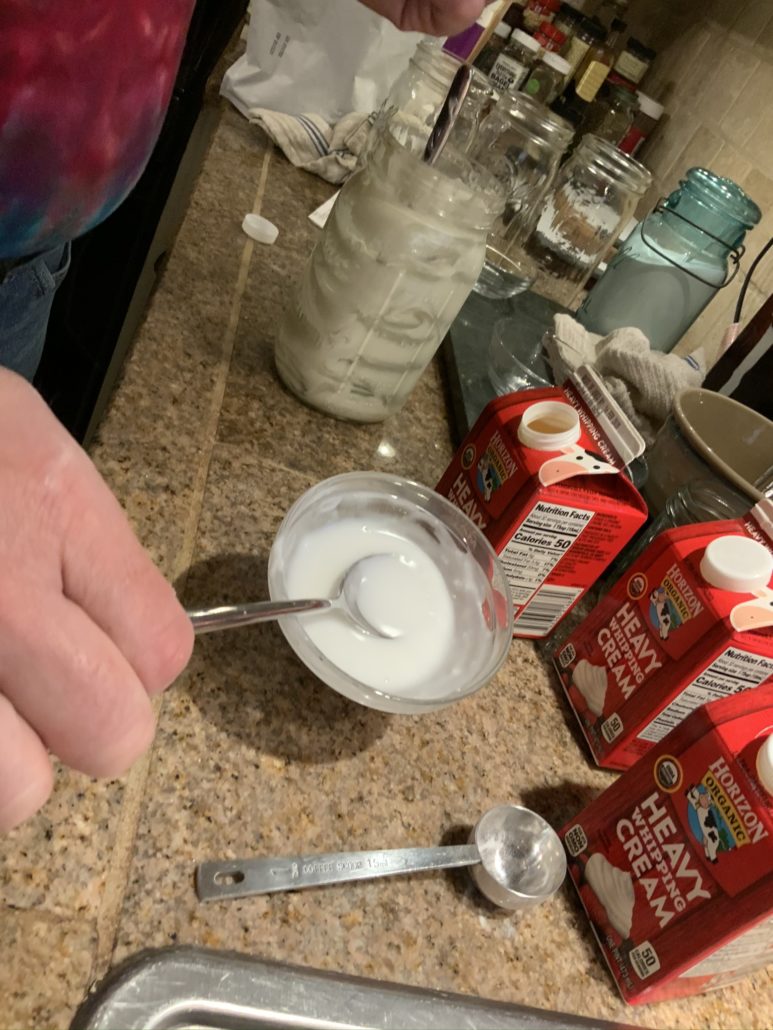
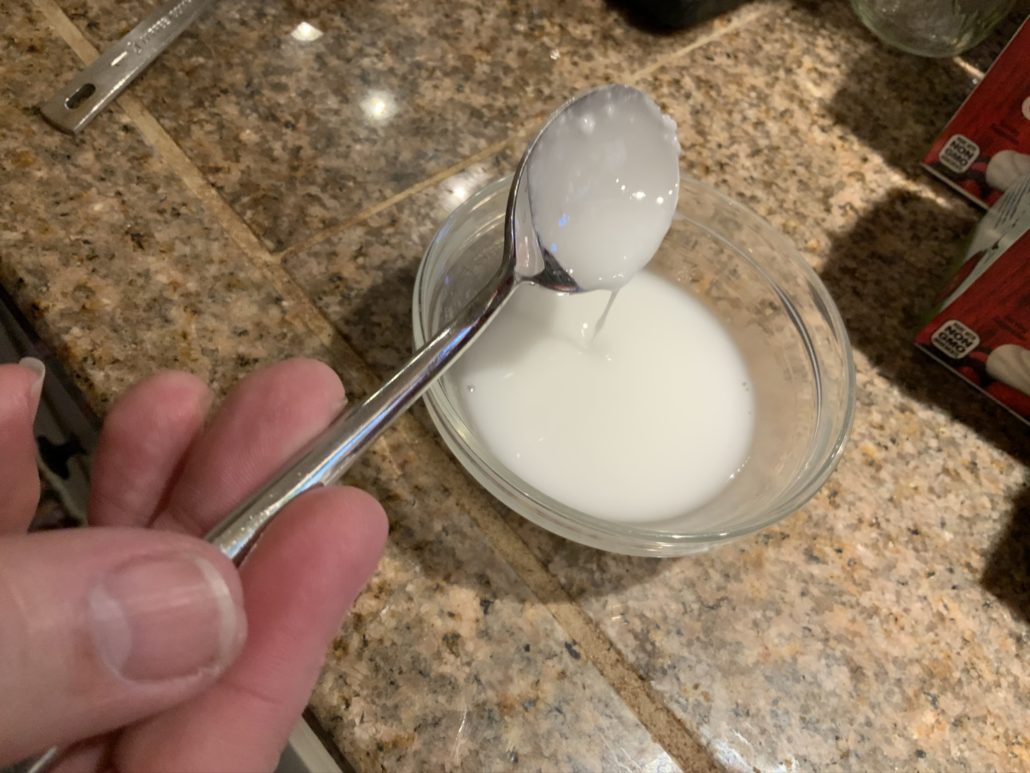



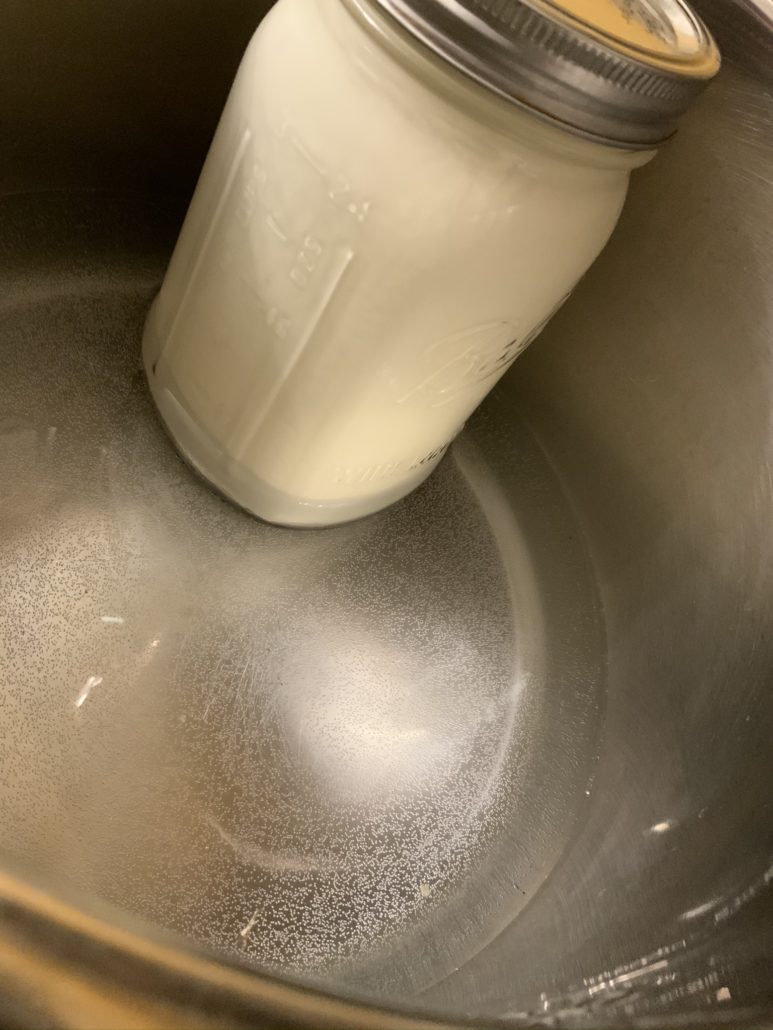
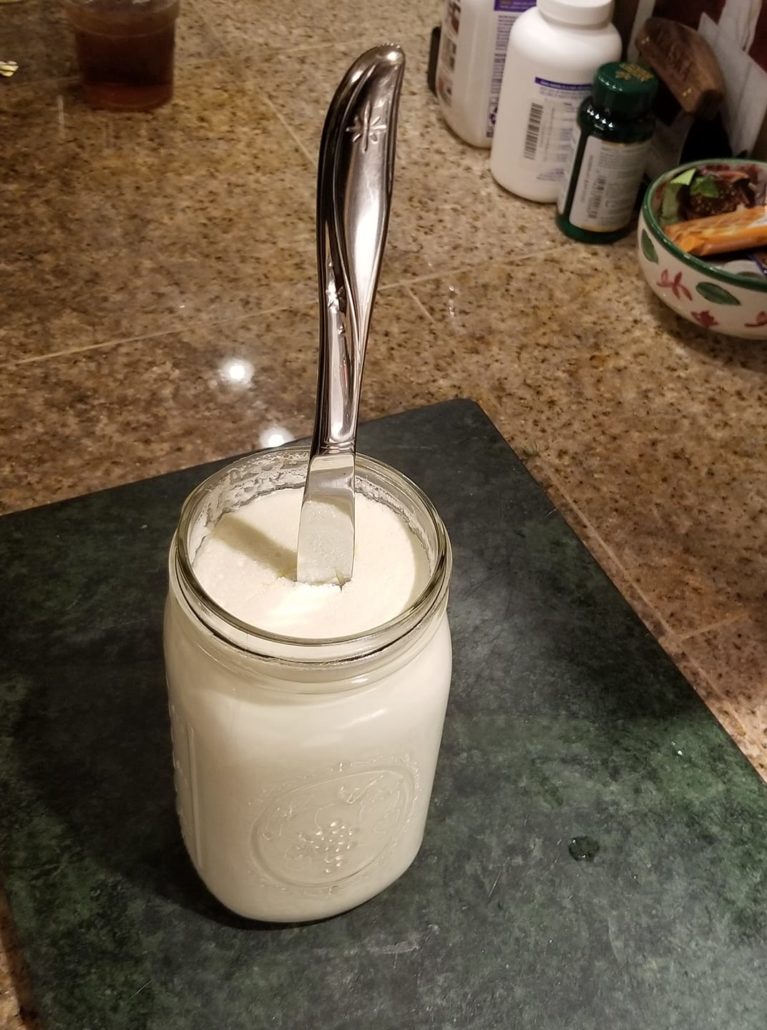

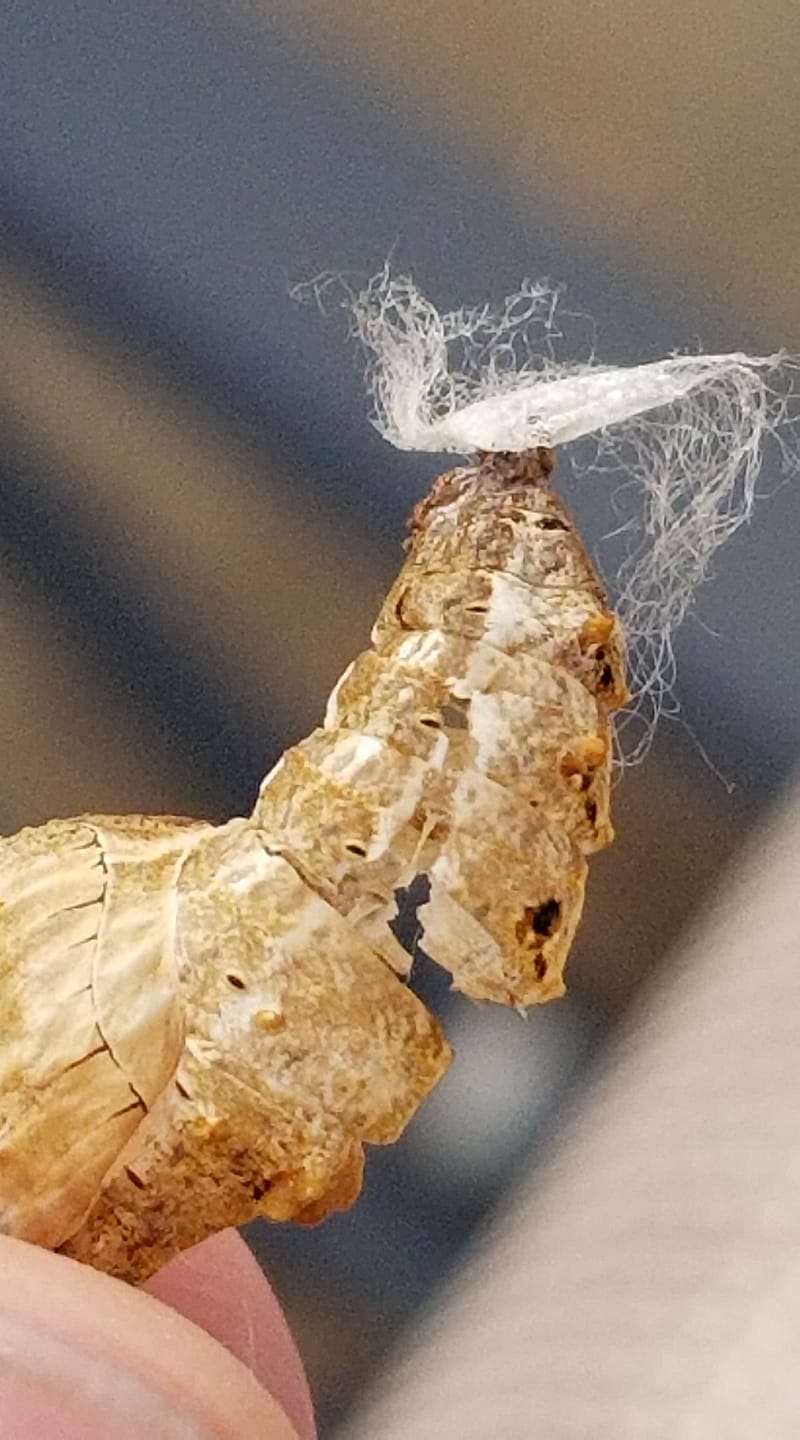
 I’ve been weaving some. It feels good. I wanted to do something with a little more “OMG” factor than the plain black and white cotton I’ve been doing the past few warps, so I went for some silk sewing thread ribbon. The pattern is on 25 tablets, plus 3 tablets of plain border on either side. The pattern is worked in double-face technique, with all the tablets threaded the same – two holes carrying the copper thread, two carrying the silver. The finished trim is just over half an inch wide, yielding an effective density of about 250 EPI (ends per inch.)
I’ve been weaving some. It feels good. I wanted to do something with a little more “OMG” factor than the plain black and white cotton I’ve been doing the past few warps, so I went for some silk sewing thread ribbon. The pattern is on 25 tablets, plus 3 tablets of plain border on either side. The pattern is worked in double-face technique, with all the tablets threaded the same – two holes carrying the copper thread, two carrying the silver. The finished trim is just over half an inch wide, yielding an effective density of about 250 EPI (ends per inch.)
